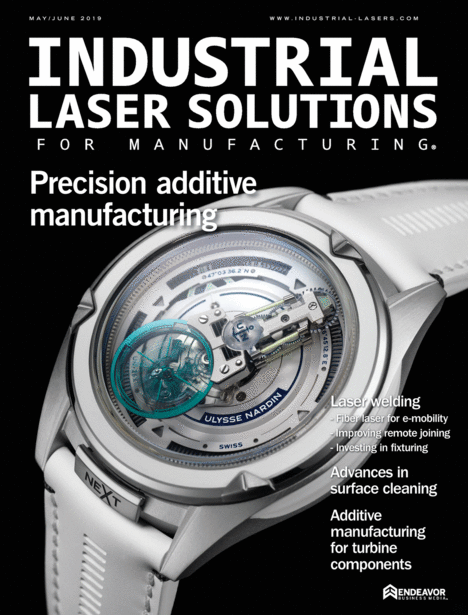
INTRODUÇÃO
Miroprocessadores, portas lógicas e periféricos devem sempre operar com a mesma tensão de alimentação. Isso nem sempre é possível. O problema é que as tensões padronizadas são várias e muitas vezes se faz necessário conectar dispositivos que operam em tensões distintas. Uma opção bastante acessível são os conversores de nível lógico oferecidos pelos revendedores de Arduino. Esses em geral são acondicionados em grupos de dois, quatro ou oito em módulos de circuito impresso. Há opções mais profissionais oferecidos pela Texas Instruments (da linha TBX… ) ou outros fabricantes de circuitos digitais. Algumas boas referências para você consultar:
COMO FUNCIONA?
Quando me deparei pela primeira vez com o módulo conversor de níveis lógicos, eu fiquei muito intrigado. Testei e funcionou perfeitamente. Mas para mim isso não era o suficiente. Encontrei o esquema elétrico do circuito, ilustrado na Figura 1 e fiquei ainda mais intrigado. Pensei: Mas não tem quase nada!!! Como funciona? Adoro soluções minimalistas. São muito robustas e confiáveis.

Figura 1 – Circuito do conversor de níveis lógicos
Resolvi realizar uma análise detalhada do circuito para entender a lógica da solução.
ANÁLISE
No circuito da Figura 1 podemos observar que cada conversor de lógica digital é constituído de 2 resistores de 10 kOhm e um MOSFET com diodo de proteção contra tensões reversas. Observe que a tensão mais baixa (p. Ex. 3,3 V) deve ser conectado do lado LV do circuito, enquanto a mais alta (p. Ex. 5 V) do lado HV. Para facilitar a análise, vamos separar a análise por direção de transmissão do sinal.
De LV para HV
Quando LV1 está em nível lógico 1, tanto o dreno quanto o gatilho estão na mesma tensão, provocando o corte do MOSFET. O efeito provocado em HV1 é que o seu nível é determinado pelo resistor R4 da Figura 2.

Figura 2 – Operação de LV1 para HV1 – nível lógico 1
Quando é aplicado nível lógico 0 em LV1, o dreno do MOSFET é conduzido ao GND enquanto o gatilho permanece em LV. Isso provoca a condução do MOSFET, ligando HV1 ao GND, transferindo o nível lógico zero para o outro lado (Figura 3).

Figura 3 – Operação de LV1 para HV1 – nível lógico 0
De HV para LV
Quando HV1 está em nível lógico 1, o efeito provocado em LV1 é que tanto o dreno quanto o gatilho estão na mesma tensão, provocando o corte do MOSFET e o seu nível é determinado pelo resistor R3 da Figura 4.

Figura 4 – Operação de HV1 para LV1 – nível lógico 1
Quando HV1 está em nível lógico 0, a conexão de LV1 com GND é fechada através do diodo de proteção do MOSFET, transferindo o nível lógico 0 para LV1 (Figura 5).

Figura 5 – Operação de HV1 para LV1 – nível lógico 0
CONCLUSÃO
A solução oferecida por esse circuito explora todos os recursos do MOSFET. Note que os níveis lógicos 1 são transferidos pelos níveis determinados pelos resistores, por conta do MOSFET estar cortado, e os níveis lógicos 0 através dos recursos do MOSFET. Não é genial? Deviam dar um prêmio para quem inventou isso! É simples, barato e funciona muito bem!











































